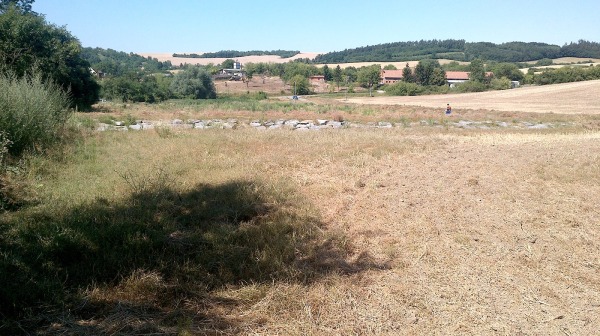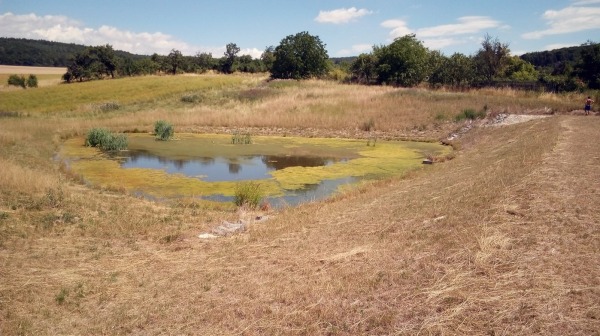The decisive factor in terms of surface runoff, water erosion, and sediment transport is the condition of agricultural land on which, under certain conditions, extreme runoff occurs with devastating effects after torrential rain. Forested land is also affected, especially in the use of unsustainable harvesting and transport practices as well as inappropriate stand composition. The solution of integrated protection of an area against adverse and destructive effects of concentrated surface runoff must always start in the catchment area. By designing and implementing integrated protection of an area, it is possible to influence rainwater runoff by means of river basin protection as well as organization and water management measures.
The adverse effects of these floods can be eliminated by a suitably designed comprehensive system of anti-flood and anti-erosion measures, which is based on a detailed analysis of erosion and runoff conditions. A number of appropriate measures can be implemented through good agricultural practice, which is increasingly emphasized in state and EU subsidy policies by complying with the legal measures determined in cross compliance check and, in particular, its Good Agricultural and Environmental Conditions (GAEC) standards. Management standards are defined by the Member States of the European Union in relation to maintaining soil quality, minimum levels of water protection and management (based on the framework set out in Annex III to Council Regulation (EC) No 73/2009). With effect from 1 July 2011, farming conditions were further tightened, and farmers must also protect so-called soils slightly endangered by erosion.
Other measures are implemented through comprehensive land consolidation, especially by building joint facilities. In current practice, the design of protection measures is not yet a rule for evaluating the economic effectiveness of the design and, for these reasons, land protection solutions are often promoted that are not effective and the committee of strategic experts is subsequently forced to exclude such projects from funding and thus implementation. Negotiations with these committee members included discussion of the need to prepare documents and prepare tools that will contribute to the evaluation of the technical and economic effectiveness of the elements of flood and erosion protection.
Effectiveness (efficiency) can be assessed in monetary costs and revenues, namely implementation costs versus savings and other benefits. Costs can be assessed in terms of the probability of occurrence of dangerous events (floods), and their probable severity. Subsequently, the solutions aim at developing proposals for the most suitable protection and organization of an area and the optimal direction of the development of agricultural management in highly endangered river basins. Special attention is paid to the definition of the most appropriate organizational, agrotechnical, biotechnical, and water management measures in the whole river basin area, which will contribute to integrated protection of settlements, water management infrastructure, transport infrastructure, and important landscape features, as well as the abundance of water resources for dry periods.




